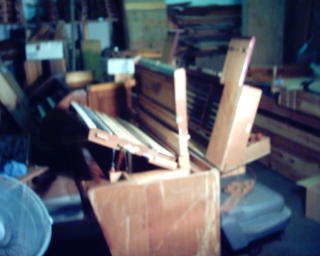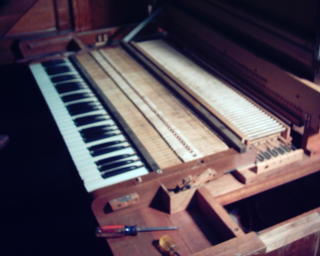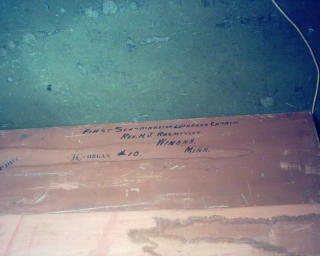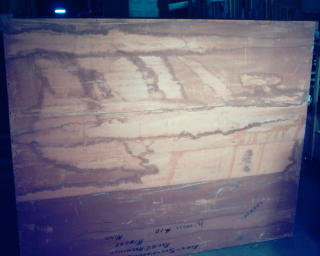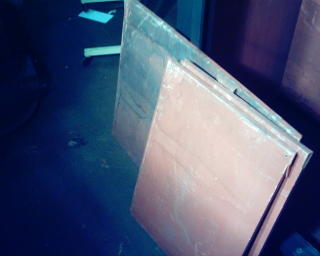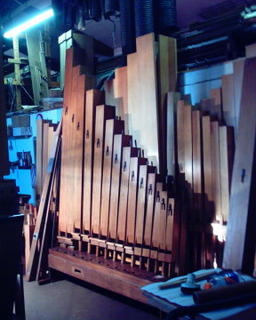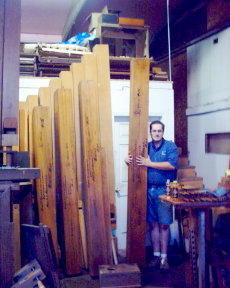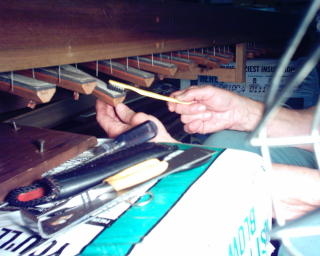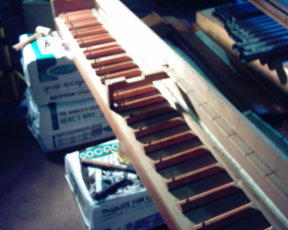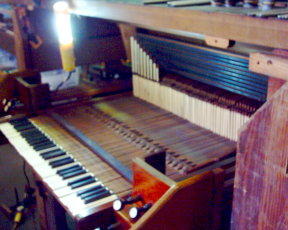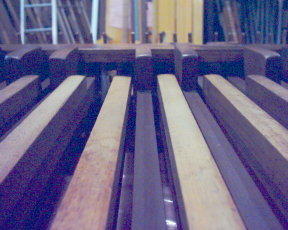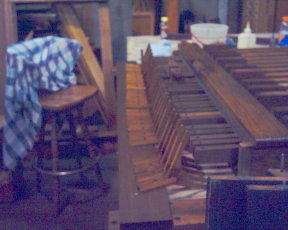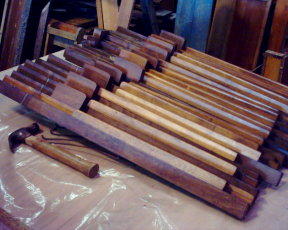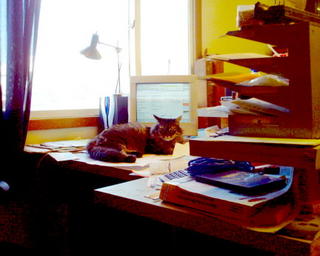
Hello all.....Just wanted to let you know that while Howard and I are off doing other things, the data you have entrusted to us is secure.....we have installed the new security system called CAT (Capture All Trespassers) This is what an intruder would see if they tried to get to the sensitive data stored on my computer. CAT is a new module attached to the VCU (Vermin Control Unit - see July postings) Ulm Orgelwerke is proud to be able to offer this service to our customers......
At any rate, we are off to Springfield, MN to secure an organ during a church construction project. We will be removing pipes to safe storage, sealing the swell chamber, great chest, and blower system from dust; and covering the facade of the instrument. There will be pictures this weekend.
